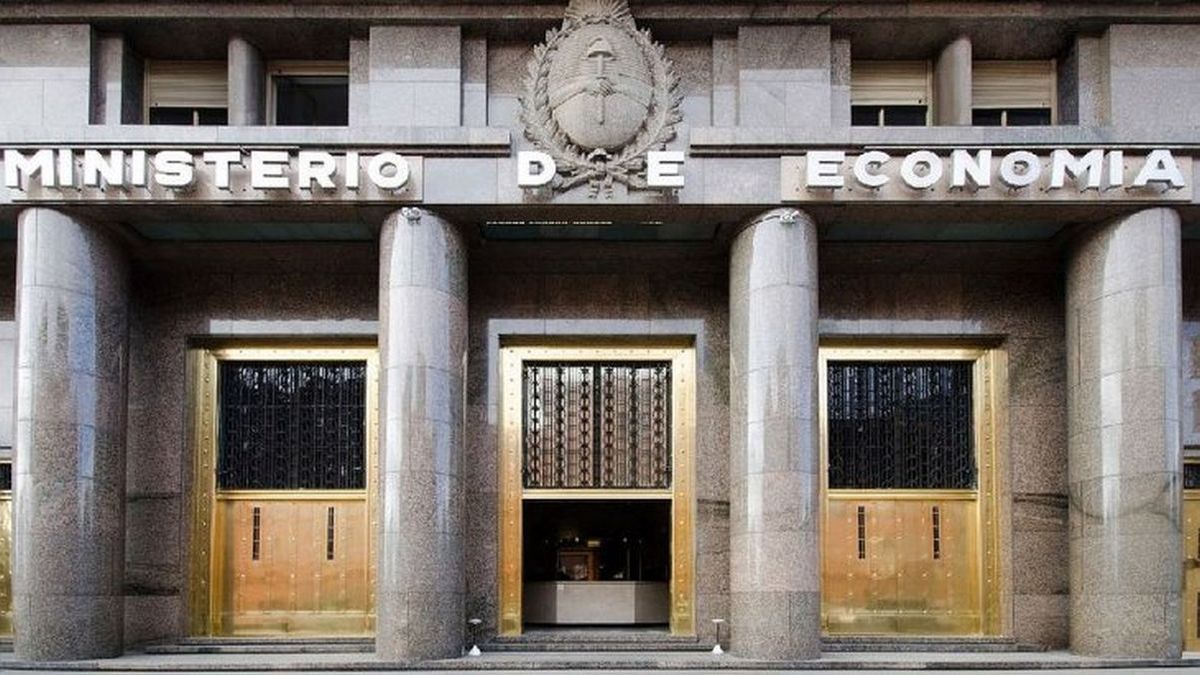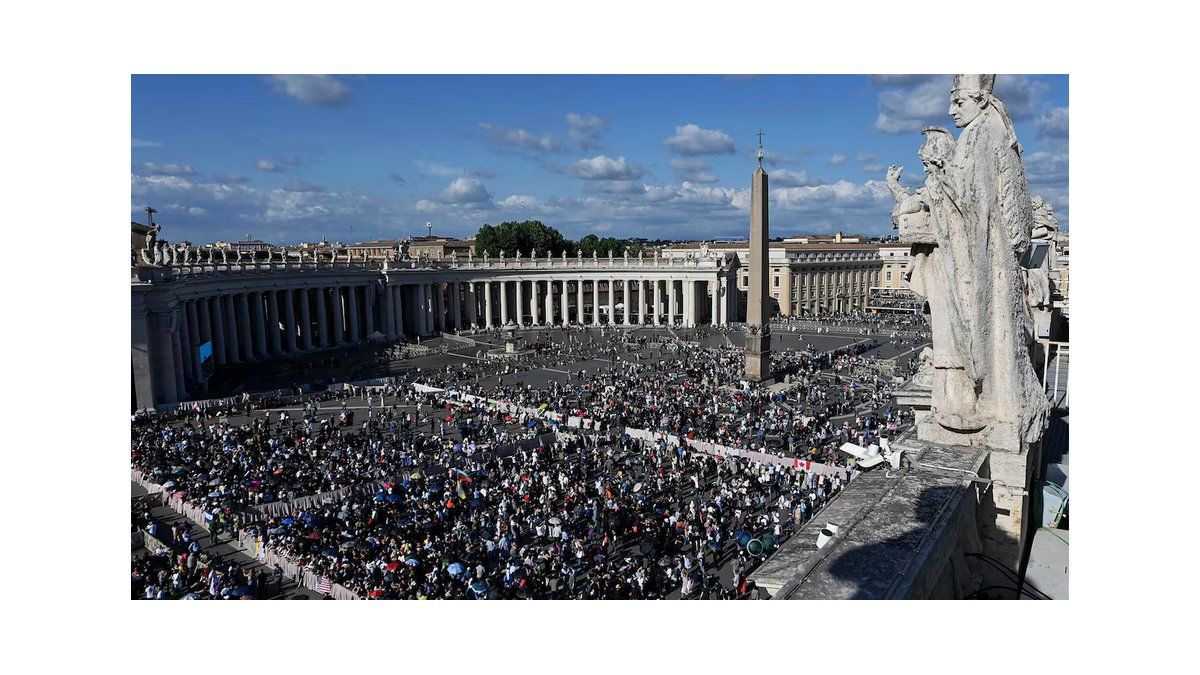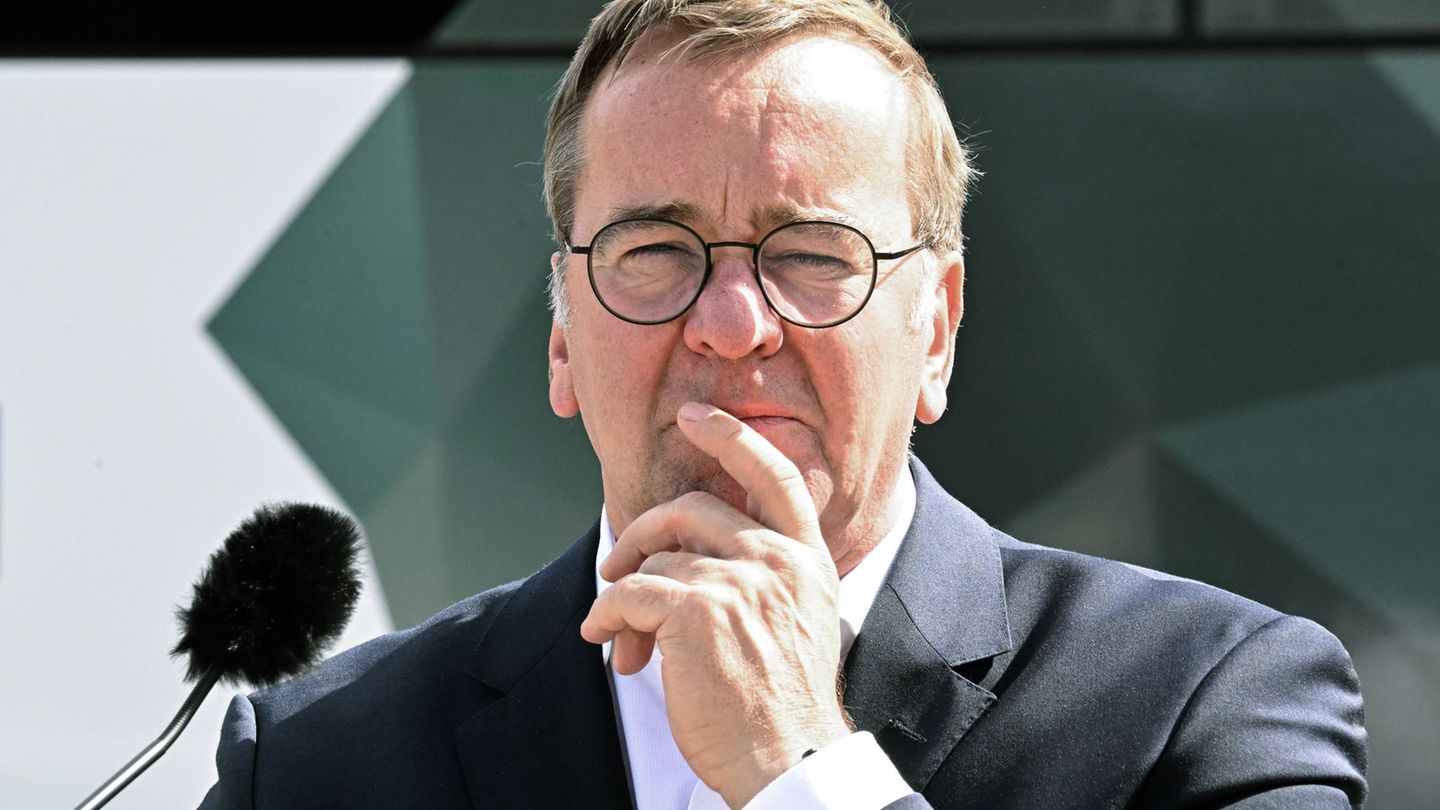The Ministry of The Ministry of Economy completed this Thursday the exchange of debt in pesos exclusively for banks that had agreed to cancel the insurance of the Central Bank on public securities, with little enthusiasm on the part of the financial institutions involved. From the conversion Only 26% participatedaccording to the ministry headed by Luis Caputo.
As I had anticipated Ambitthe proposal that the Finance Secretariat had put on the table It was not very attractive for banks since it involved extending the duration of the bonds in question. and the prize offered for participating in the operation It was not so large in terms of potential gains over market prices (Portfolio Personal Investments had estimated this at 0.56%). However, there were doubts as to whether there would still be a good level of acceptance.
All in all, out of the total of $13.17 trillion in securities that were eligible to participate in the conversion (the bonds that acted as collateral for the puts that the banks cancelled), $3.76 billion measured at technical value were exchanged.
In any case, the Secretary of Finance, Pablo Quirno, celebrated that “the average life of the Treasury debt was extended by 0.86 years” and that the interests were reduced “of those securities with coupons of 1.06% to 0%, in line with the strategy of reducing the financial burden and extending the Treasury’s maturity profile.”
“The result of this tender reflects that the entities in general did not have any need to rotate their assets, even after the sale of liquidity options,” said Felipe Núñez, a member of Caputo’s team.
Redemption details
The eligible titles were nine BONCER (inflation-linked bonds) and in exchange offered four BONCERs and one LECAP (fixed-rate bill). Holders of the TX25 bonds (as of November 2025), TZXD5 (as of December 2025) and TZXM6 (as of March 2026) will be able to exchange them for the TZXD6 (as of December 2026). Those who hold the TZX26 (as of June 2026) and the TZXM7 (as of March 2027) will be able to exchange them for the TZXD7 (as of December 2027). Those who hold the T3X5 (as of June 2025) would receive the TZX25 (also as of June 2025). Holders of T4X4 (as of October 2024) and T2X5 (as of February 2025) will be able to exchange them for TZXD5 (as of December 2025). And holders of T2X5 (as of February 2025) will be able to obtain LECAP S31M5 (as of March 2025).
That is to say, The proposal contemplated that banks would generally acquire longer-term securities of those who had. In return, the bonuses they would receive were generally more liquidsBut, in general, analysts did not see much technical incentive to participate and some even considered that it represented a deterioration in the situation of financial institutions in terms of the mismatch with their clients’ deposits.
Specifically, Economy received 50 offers to participate in the exchange for a total nominal value of $1.81 trillion of the eligible bonds, which was awarded in full. Measured at technical value, it was $3.76 trillion.
image.png
As a result, $2.77 trillion in nominal value of the new bonds will be issued next Monday (the settlement date of the transaction). The four BONCERs and the LECAP to be delivered now will have a total nominal value in circulation of $38.16 trillion, which shows their greater liquidity.
After a long negotiation, on July 18 the BCRA carried out an operation through which it got the banks to agree to cancel 78% of the liquidity insurance on public securities they held (the equivalent of $13.17 billion). For the officials, this was a key operation in view of the launch of what they called the “phase 2 of zero emission” of the economic program.
These puts represented a latent debt for the Central Bank, which at that time amounted to $17.7 billion (of which the vast majority were “American” style puts, which can be exercised at any time). These were contracts, issued both during the administration of Alberto Fernández and during that of Javier Milei, which allowed the banks that had bought them to execute them whenever they wanted to get rid of the insured securities and forced the BCRA to acquire them through monetary issuance. That is why they constituted a threat to the official plan to dry up the market for pesos.
According to calculations by the consultant 1816today A $3.1 trillion US put remnant remains in effect that the holding banks decided to retain in their possession and, therefore, did not agree to cancel them in the operation carried out by the monetary authority.
Source: Ambito
I am a 24-year-old writer and journalist who has been working in the news industry for the past two years. I write primarily about market news, so if you’re looking for insights into what’s going on in the stock market or economic indicators, you’ve come to the right place. I also dabble in writing articles on lifestyle trends and pop culture news.




